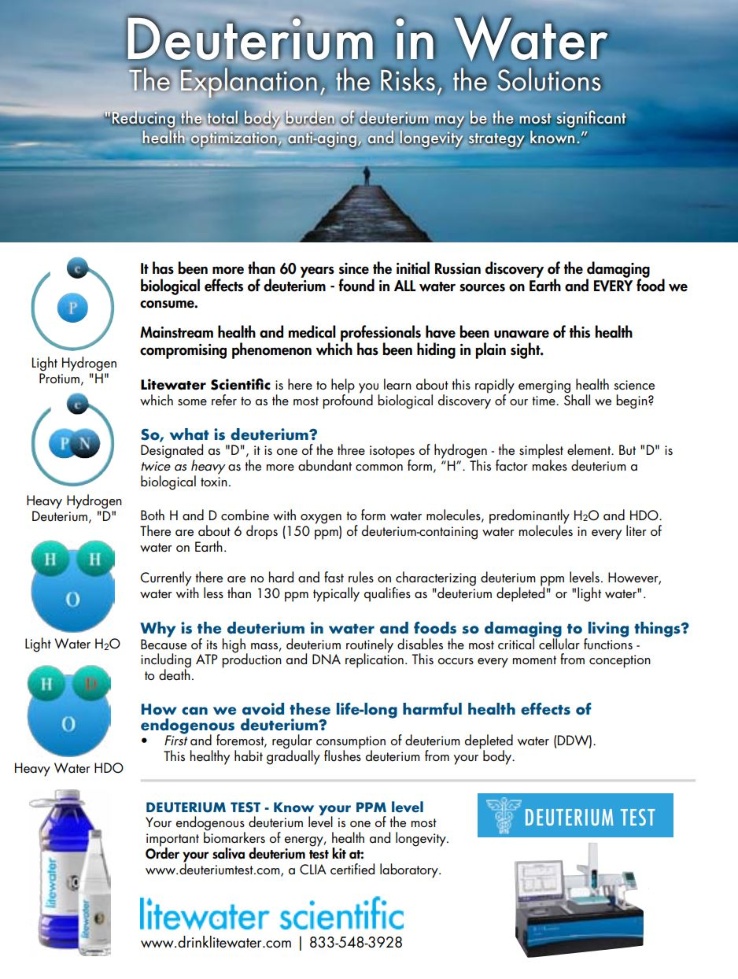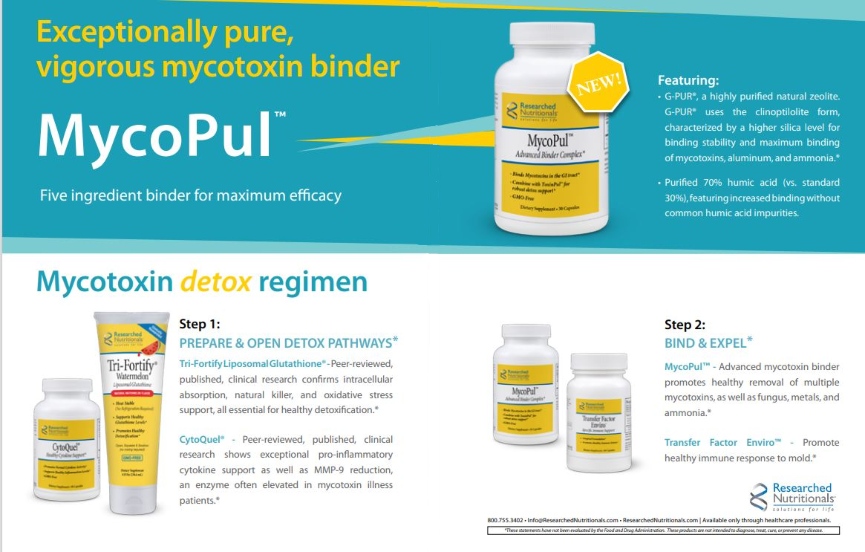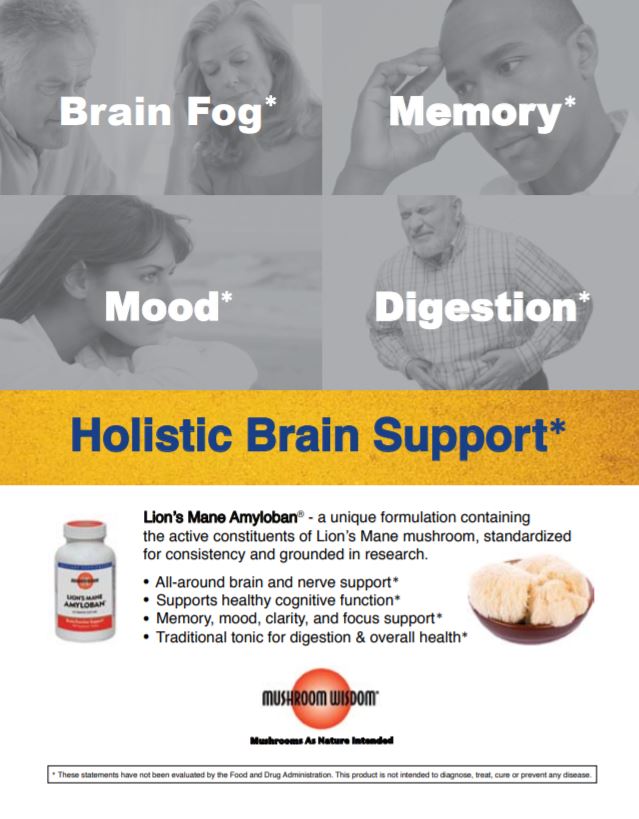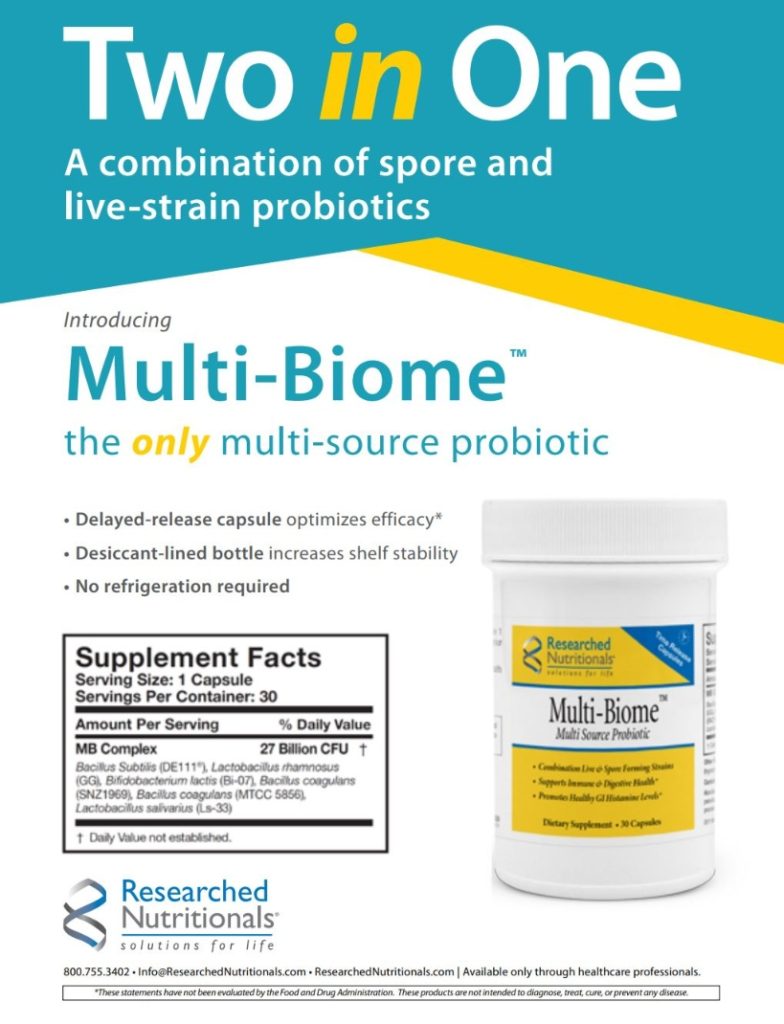by Michael Passwater
Orthomolecular Medicine News Service
As the SARS-CoV-2 pandemic moved into North America, five experienced critical care physicians formed the “Front Line COVID-19 Critical Care Alliance” (FLCCC Alliance).1 This working group, initially composed of critical care physicians Pierre Kory, G. Umberto Meduri, Jose Iglesias, Joseph Varon, and Paul Marik, was and remains devoted to developing and refining treatment protocols against COVID-19. In 2017, with the addition of intravenous hydroxycortisone (cortisol), ascorbic acid (vitamin C), and thiamine (vitamin B1) to standard sepsis care, Dr. Paul Marik found great success against sepsis, including septic shock. This became known as “HAT” therapy for sepsis, and was a starting point for the FLCCC Alliance in the battle against COVID-19. Given the complexity of COVID-19, the “HAT” therapy was quickly expanded to the “MATH+” protocol for the care of hospitalized COVID-19 patients.
M = Methylprednisolone; 80 mg loading dose then 40 mg q 12 hours for at least 7 days and until transferred out of the ICU
A = Ascorbic acid; 3 g IV q 6 hours for at least 7 days and/or until transferred out of ICU.
T = Thiamine; 200 mg IV q 12 hours
H = Heparin (low molecular weight heparin); 1 mg/Kg subcutaneous q 12 hours, unless contraindicated
+ = Vitamin D3, melatonin, zinc, magnesium, B complex vitamins, atorvastatin, famotidine, and therapeutic plasma exchange if indicated
“If what you are doing isn’t working, change what you are doing.” (Paul E. Marik, MD)
Early intervention and avoiding mechanical ventilation were also key aspects of their approach. The results through July 2020 at two hospitals implementing the MATH+ protocol have completed peer review and are now published online.2 What they found seems miraculous. Dr. Joseph Varon’s team at United Memorial Medical Center in Houston, TX treated 140 hospitalized COVID-19 patients through July with a survival rate of 95.6%, and Dr. Paul Marik’s team at Sentara Norfolk General Hospital in Norfolk, VA treated 191 hospitalized COVID-19 patients with a survival rate of 93.9%. A difference between the sites is that UMMC begins the protocol in the Emergency Department whereas Norfolk General begins the protocol in the ICU. In comparison, 461 other hospitals in the USA, UK, and China not using the MATH+ protocol had published survival rates ranging from 68% to 84.4%. With the CDC reporting over 5,000 hospitalized COVID-19 patients in the United States during the last week of November, wide use of the MATH+ could represent many thousands of additional survivors over the coming months. As of 12/18/2020, the number of physicians reporting using some or all of the MATH+ protocol has grown to above 120.
The article concludes:
…the varied pathophysiologic mechanisms identified in COVID-19 likely require multiple therapeutic agents working in concert to counteract the diverse, deleterious consequences of this aberrant immune response. It is exceedingly unlikely that a “magic bullet” will be found, or even a medicine which would be effective at multiple stages of the disease. The Math+ treatment protocol instead offers an inexpensive combination of medicines with a well-known safety profile based on strong physiologic rationale and an increasing clinical evidence base which potentially offers a life-saving approach to the management of COVID-19 patients.
Surviving a hospital stay is great, but staying well enough to not need inpatient hospital care is even better. The FLCCC Alliance has developed the I-MASK protocol for outpatient care.3 In October, the medication ivermectin was added to the inpatient (MATH+) and outpatient (I-MASK) protocols. Ivermectin is in inexpensive, widely available medication earning the 2015 Nobel Prize for Physiology or Medicine for its anti-parasitic effects.4 It appears to be an effective anti-viral agent as well.5-9
This study adds to the pile of dozens of publications, including two prospective randomized controlled trials with vitamin D, associating better COVID-19 outcomes with sufficient vitamin D, zinc, vitamin C, and/or selenoproteins.10-20
Discoveries and reminders from the SARS-CoV-2 pandemic:
1. Ascorbic acid is very effective in the battle against known and unknown infectious agents. This has been known since the 1940s. Dr. Marik’s recent work has helped expand our understanding of the anti-inflammatory and endothelial cell (blood vessel) healing synergism from co-administration of ascorbic acid and cortisol.21-40
- The three biggest life-threatening aspects of serious COVID-19 disease are hyper-inflammation, hyper-coagulation, and severe hypoxia. Ascorbic acid’s impact on immune cells, endothelial cells, and airway tissues helps to mitigate all three concerns.21-23,31,41-53
- In the critical care setting, the intravenous coadministration of cortisol and ascorbic acid has been shown to begin reversal of glycocalyx and endothelial cell damage within minutes.
- Frequent dosing to maintain a steady state is better because ascorbic acid has a short half-life. Early intervention is better because activated white blood cells are dependent on a high level of ascorbic acid. Taking gram quantities with each meal, and increasing intake to bowel tolerance during illness, is helpful. When ill, it is necessary to take ascorbic acid throughout the day, much more than can be absorbed in one sitting.
Dr. Joseph Varon has worked 270 consecutive days and counting. He and his team use the MATH+ protocol, and see >95% of their COVID-19 patients survive.
2. Nutrients do not work alone; observational and/or interventional studies that test the effect of administering single nutrients are likely to miss confounding factors and essential synergies needed for optimal benefit and accurate assessment.54-56
3. Maintaining a vitamin D blood level of 40-80 ng/mL is a key part of optimizing immune health.
- Vitamin D is a powerful hormone, impacting the expression and function of over 3,000 genes, and is a major component of the innate and adaptive immune systems. Dr. Will Taylor has shown two of these genes, TRXND1 and GCLC, become an important battleground during SARS-Cov-2 infection. He has shown that the virus suppresses expression of genes associated with key antioxidants, regulators of DNA synthesis, ferroptosis, and endoplasmic reticulum stress (TXNRD1, TXNRD3, GCLC, GPX4, SELENOF, SELENOK, SELENOM, SELENOS), while vitamin D significantly upregulates two of these genes: TXNRD1 and GCLC.57
- Studies of healthy tribal populations in non-industrialized countries have shown blood vitamin D levels of 40 ng/mL.58
- In 1903, Niels Ryberg Finsen received the Nobel Prize in Physiology and Medicine “in recognition of his contribution to the treatment of diseases…with concentrated light radiation, whereby he has opened a new avenue for medical science.”59
- Vitamin D insufficiency and deficiency has been associated with increased risk of cardiovascular death, ICU death, and COVID-19 death.15,60,61
- Magnesium is an essential cofactor in vitamin D metabolism (as well as being an essential co-factor for biologically active ATP).60
- Balancing D3 intake with vitamin K2 is important for optimal calcium metabolism and distribution. A ratio of 125-250 mcg (5,000-10,000 IU) D3 to 100 mcg K2 MK7 is helpful.62,63
- Renal disease seriously impairs D3 and selenoprotein metabolism.64,65
4. Vitamin D and selenium are intimately connected in human biochemistry.
- Dr. Schutze et al published in 1999 that the effective upregulation of TXNRD1 by vitamin D3 required an adequate level of selenium.66
- Both D3 and the essential amino acid selenocysteine must be present in adequate quantities for effective production of several selenoproteins in humans.67
- Co-supplementation with D3 and L-cysteine has been shown to improve the status of GSH, CYP24A1, and vitamin D regulatory genes including greater upregulation of PGC-1alpha, NRF2, and GLUT-4 gene expression compared to D3 alone.68
- GSH, in turn, increases circulating vitamin D and augments the actions of vitamin D.69-71
5. Vitamin D and selenoproteins are necessary for the formation and maintenance of immune memory cells. Not only does insufficiency increase the risk of infectious illness, it also impacts the lasting benefit of adaptive immunity from the infection. This may also have implications for the success of vaccination efforts.12,13,72-75
6. Selenium concentrations of 70 – 150 ng/mL are consistent with good health in the general population. Blood selenoprotein P levels of 4.3 +/- 1.0 mg/L have been associated with improved outcomes in COVID-19 patients; maintenance of Zn and SELENOP within the reference range has been shown to indicate high survival odds.14,76-78
7. Germ theory is helpful, but the host constitution still matters. Inadequate nutrition remains global and national public health enemy #1.
- Host factors impact the pathogenicity of many viruses. Many impactful host factors are modifiable and related to nutrition.79-83
- Some viruses mutate into more harmful strains when they replicate within a malnourished environment – particularly in selenium deficient environments. “Second-hand malnutrition” is an underappreciated concept. As long as people are malnourished, more virulent strains are likely to continue to emerge which then also put nourished people at risk due to the viral mutations.84
- Fighting infections greatly increases metabolic demand on the human body. Viruses need nutrients too; theft and/or destruction of host nutrients and essential proteins further impacts the need for additional nutrients for people to eliminate and recover from infections.76,85-87
CLICK HERE FOR COMPLETE REFERENCES
(Michael Passwater is certified by the American Society for Clinical Pathology as a Medical Technologist, a specialist in immunohematology, and a diplomate in laboratory management. He has worked in clinical laboratories for 28 years and has a Bachelor of Science degree in Medical Technology from the University of Delaware. The son of Dr. Richard Passwater, he has taken vitamin C and other nutrient supplements since before he was born.)








